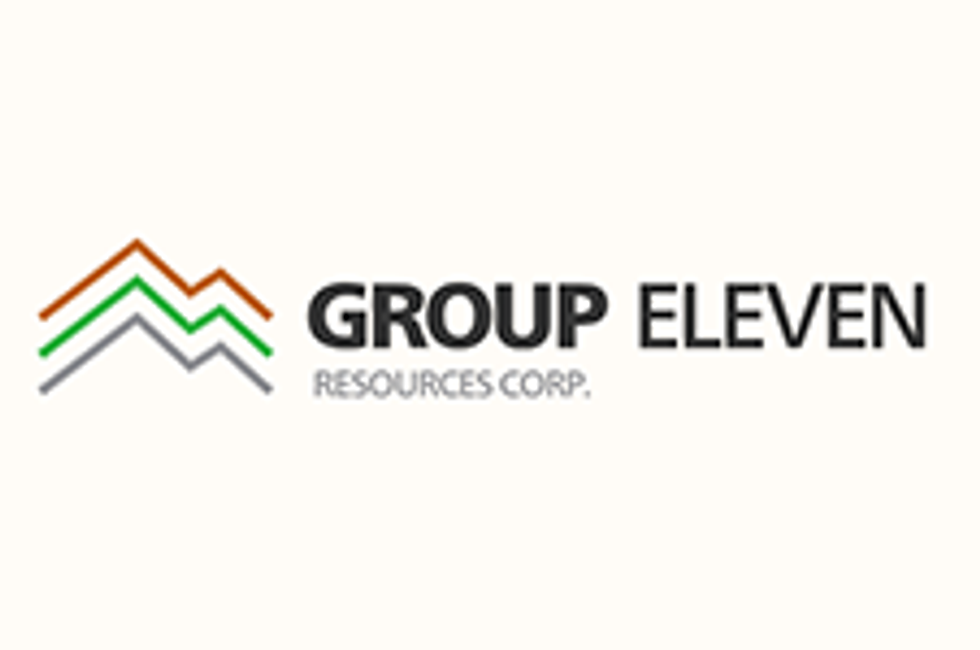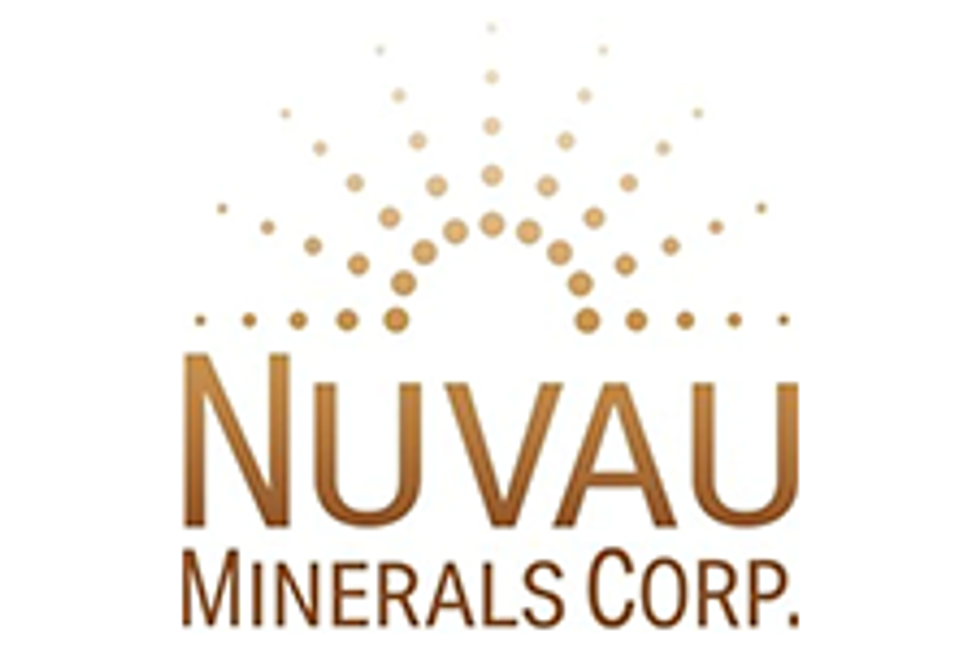The Zinc Deficit Has Arrived — Here’s What You Need to Know
Zinc’s long-awaited deficit is here, Doug Ramshaw of McLeod Williams Capital told Zinc Investing News. So what’s an investor to do?
Those involved in the zinc market are likely tired of hearing that prices for the base metal are set to improve — just not quite yet. After all, that was the rallying cry of market watchers — from Haywood Securities’ Stefan Ioannou to analysts at Research and Markets, FastMarkets and HSBC Holdings — for the last six months or so of 2013.
Zinc market participants are probably also tired of hearing the counterargument that zinc prices will go almost nowhere in 2014, or indeed 2015 and 2016.
Central to the question of whether zinc prices are due to rise is yet another question, namely, is the zinc market set to fall into deficit, and, if so, when? Fortunately, Doug Ramshaw of McLeod Williams Capital was able to provide Zinc Investing News with some insight on that topic.
Price rise inevitable
Ramshaw began by explaining that according to the International Lead and Zinc Study Group, the zinc market technically went into deficit in the last couple of months of 2013. However, that news hasn’t made much of a splash because “people are looking at zinc inventories still and seeing how high they are.” Indeed, he said, they sat at 786,000 tonnes just prior to the end of April. Skepticism is also rife because “proponents of zinc and the impending zinc rally are more often wrong than right” as zinc tends to have just “two good years out of every 10 to 12.”
That said, Ramshaw believes this time prices really are set to rise. One reason he thinks so is that the 8-to-10-cent range that has existed between zinc and lead prices for the past couple of years recently narrowed to such an extent that zinc “just briefly … for a grand total of one day, traded higher than lead on a per-pound basis.” That’s significant because zinc and lead are “sister metals,” meaning they’re produced together at many major mines. While that may sound convenient, the metals’ relationship can cause problems when one is in higher demand than the other. Last year, for instance, some analysts were concerned that strong lead demand — and hence increased production of both lead and zinc — would hurt zinc prices. Less difference in price is thus a good thing for zinc.
Ramshaw also cited declining zinc production as a reason prices should increase in the not-far-off future. “We have this almost unprecedented situation that in the space of two and a half calendar years, three of the top 10 zinc mines are coming offstream. When you have that all at once, that’s a lot of supply to try to replace,” he said. Specifically, he noted, “all these mines that are shutting down, it equates to about 12 percent of 2013 zinc production, zinc mine supply.”
Twelve percent may not sound like a lot, but Ramshaw was careful to put that number in perspective. He commented, “if you look at that 12 percent and you equate that in terms of copper mine supply, that’s like BHP Billiton (ASX:BHP,NYSE:BHP,LSE:BLT) and Freeport-McMoRan Copper & Gold (NYSE:FCX) ending copper production, not for a month or six months or a year, but for good.” Given that “the copper market moves” even on just “fear of a strike at Escondida,” Ramshaw is convinced “people [don’t] understand quite how significant these mine closures are.”
Too many cooks in the kitchen?
Of course, that’s not to say no companies are working to fill that coming gap in zinc production. In fact, there’s been a lot of talk over the past year about whether too many companies see their — mostly small — mines as the solution to the impending decline. As BNP Paribas’ Stephen Briggs told Metal Bulletin last May, “[n]one of them is huge. It’s a bit like copper in the sense that nobody is talking about very, very large mines, but there are quite a lot of medium-sized new mines and expansions. They’re mostly of the 100,000-tpy order of magnitude.”
The recent news that Teck Resources (TSX:TCK.B,NYSE:TCK) plans to restart operations at its United States-based Pend Oreille mine, which was idled back in 2009, brought those concerns back to the fore. However, Ramshaw believes that new mines and expansions are unlikely to create a supply glut.
For one thing, he said, the projects of smaller companies “suffer from one huge headache, and that’s CAPEX. To me, when you have projects that have $300- or $400-million CAPEX riding on a $5- to $10-million market cap, those projects, for all intents and purposes, are stalled, at least in terms of short-term development.” That means not all companies hoping to bring a new mine online to fill the supply gap will be able to do so.
For another, Ramshaw doesn’t see mine expansions like Teck’s as an issue. “Teck announcing that move I consider a positive,” he said, because “you don’t draw a project out of care and maintenance to go back into production at these levels unless you anticipate that the metal price is going to be heading northwards.” Continuing, he noted, “yes, [Teck will] be adding some supply, but the message it’s sending to the market is that it’s adding supply in anticipation of higher prices. So I consider that a benefit, and in fact, the extra supply that it’s bringing on is not going to make a huge dent in the production that’s coming offstream.”
Which companies to invest in?
For investors, the question, of course, is which companies will be able to take advantage of the zinc supply deficit. While he didn’t provide any specific names, Ramshaw did identify four qualities he believes are key in evaluating zinc companies.
- Jurisdiction: “However good your asset is,” Ramshaw said, “from an investment point of view, it’s got to be in a jurisdiction that’s as risk free as possible — and even the best jurisdictions can have their issues.”
- Grade: “Grade is king … across all commodities,” he noted.
- Infrastructure: “Whether it’s an existing mine that needs investment or just a well-located deposit with all the infrastructure around … or existing roads and gas and rail infrastructure, that kind of stuff is important,” said Ramshaw.
- CAPEX: Ramshaw again emphasized the importance of looking at mines’ CAPEX. Bluntly explaining his perspective, he said, “it’s tough for big companies to be able to sell to the market with a high-CAPEX project, but if you’re a lowly junior, good luck with that.”
Think zinc — fast
In closing, Ramshaw emphasized that the time to act is now, commenting, “the smart money … I think is already in zinc.” Those still without a position in the market would thus do best to step up.
Securities Disclosure: I, Charlotte McLeod, hold no direct investment interest in any company mentioned in this article.
Related reading:
- Zinc Outlook: Mine Closures May Push Prices Up in 2014
- Does a Strong Lead Market Mean Trouble for Zinc?
- Are New Mines Threatening Zinc’s Positive Outlook?



